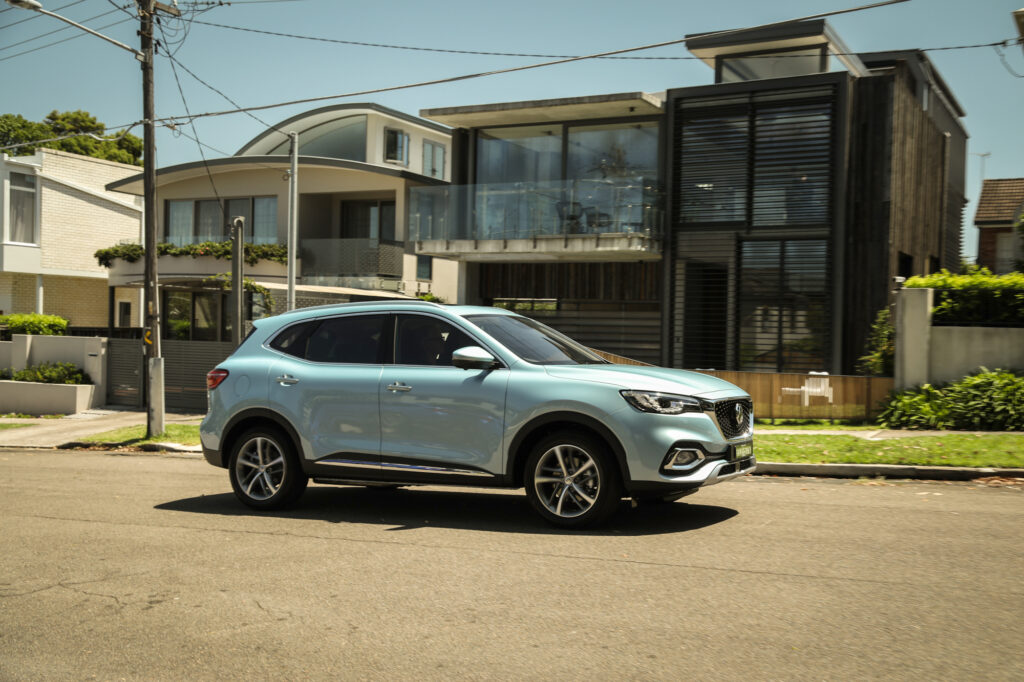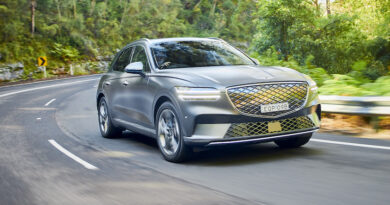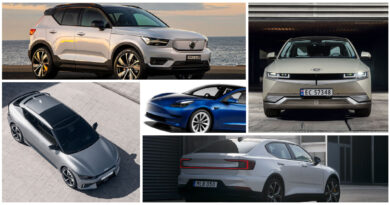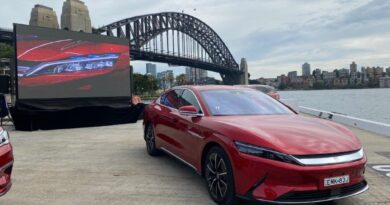Why do we hate plug-in hybrids in Australia?
If most car companies are to be believed, Australia is ready and willing to embrace an all-electric future, if only the government would get on board with some form of incentives.
If Toyota is to be believed, then hybrid technology is the solution that will carry the country into the future, at least in the short- to mid-term. But then, if other companies still, including Australia’s own H2X, get their way, then hydrogen will soon explode (no, not like that…) in popularity here and around the world.
So many competing messages, and so many visions for the future, that it can be hard to know who to believe.
But at least we can be certain about one technology, and that’s plug-in hybrids. Because we know without doubt that Aussies steer clear of them like they’re some bloke quietly mumbling to himself on a packed train carriage.
Don’t believe me? Let’s crunch some numbers. In the first two months of 2021, a total 9580 regular hybrids have found homes across the passenger vehicle and SUV categories in Australia. A big number, to be sure, though it’s also worth pointing out that a whole lot of them were Toyotas; Toyota insists hybrids are the best option for now, so far refusing to offer a rechargeable car in Australia (including the RAV4 PHEV pictured at the top of this article).
But that number feels gigantic when you compare it to electric vehicle sales in Australia over those same two months, which totalled just 549. Now there are a couple of caveats, of course. Tesla, for example, flat-out refuses to tell you how many cars it sells here – which is about the only secret the man voted most likely to be responsible for an eventual Terminator uprising has been able to keep off Twitter – which throws the entire EV count, small as it is, into question (in 2020 Tesla sold about 3500 cars in Australia). And second, the industry remains in its infancy here, and that number will of course grow.
There are no such caveats for PHEV vehicles, though. It’s technology we’re all now familiar with, their ranks are growing all the time, and yet in the first two months of 2021, plug-in models managed just 343 sales across all brands. For all of 2020 just 1685 PHEVs were sold, and there’s a big discrepancy across the country, with some states and territories buying PHEVs in much bigger numbers than others.
Pitched as a bridge between the combustion and electric worlds, plug-in models can be driven on fuel alone, electricity alone, or using both at once, depending how far you’re going and how much charge is in your battery. And so, at a glance, they seem a best-of-all-worlds solution, right? All-electric in the city, but with a petrol-powered back-up plan should you want to take a longer trip.
So what the hell is going on? For an answer, we turned to MG product and marketing chief Danny Lenartic, who has just helped launch the Chinese brand’s first plug-in model, the HS PHEV, in Australia. He’s a believer in the plug, straight-up describing it as a “better solution” than a conventional hybrid.

Still, believing it is one thing, but breaking the PHEV hoodoo will be something else entirely. So how will he do it?
“One step at a time,” he says. “It’s our mandate to bring an electric vehicle to everyone, and that includes PHEVs. The way we see the uptake happening is in educating the market … and showing them why plug-in hybrid is a better solution than hybrid.”
“If you’re environmentally conscious and want to make a difference … then yes (it’s better).”
Simple. Or so it seems. But there’s little denying that PHEVs have an image problem in Australia. Hybrids are suddenly cool. Electric vehicles are the future. But the technology that was designed to act as a bridge is suddenly feeling more like it’s marooned in no-man’s land.
Tell us, have you bought a PHEV? If so, what convinced you? And if you wouldn’t buy one, then tell us why not below.





I would like to buy an EV but they are still a little too expensive at the moment. I would consider a PHEV but most are SUVs and I hate SUVs and I have a 120 km commute and no PHEV has that sort of range on electric power. So I will probably just wait till I can afford an EV.
I would absolutely purchase a PHEV. Most of my driving is under 50km per day which is perfect for a PHEV. It would also give me the flexibility to take the car on a longer drive without the need to worry about the EV range as I have the back up of the petrol motor. However, with Australia’s limited PHEV models to select from, none of the current market offerings are enticing. If Australian buyers had more variety of PHEV models to select from, more people would come to understand the benefits of owning a PHEV.
I have just bought a PHEV. It is the perfect car for my needs. The 55-60km electric range means all my city travel will be 100% electric. The battery fully recharges from a standard power point in around three hours. I can recharge at home or work. For my longer road trips, the efficient petrol engine and electric motor combination will allow for 600km+ range with very low emissions. A winning package!
Bought a PHEV (2020 Mitsubishi Outlander) and never looked back. Because:-
– The thrill of e-driving; at an affordable cost. The joy at not to have to go into stinky petrol stations.
– The absence of range anxiety.
– The non-reliance on charging stations.
– The omission of a wall box charger.
Why little PHEVs?
‘hybrid’ is common english word; when people know the word they guess they know the thing.
hybrids are cheaper.
‘PHEV’ is an unspeakable concoction; PHEVs are often viewed as a dont-know-what-it-is-doing, expensive aberration. Most people do not give it EV status.